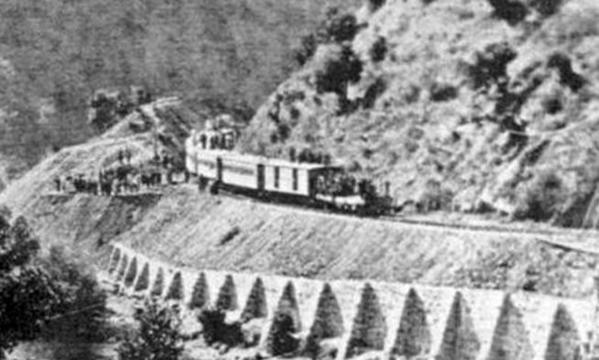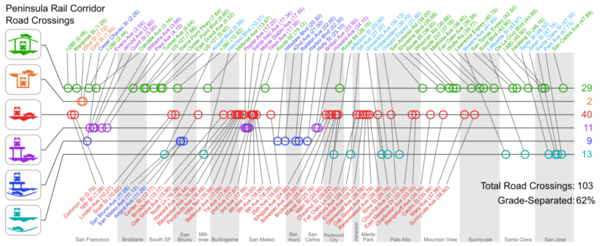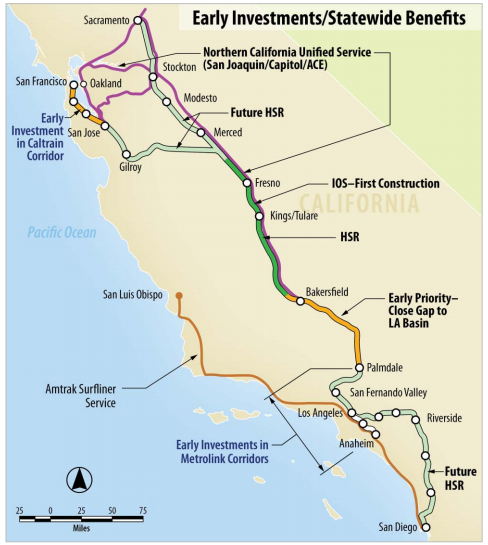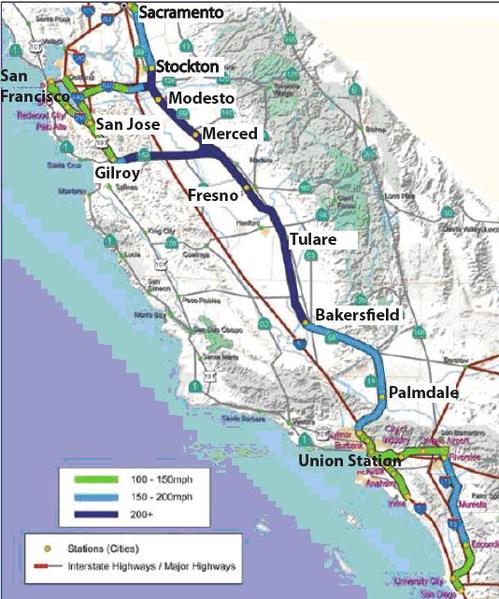Negatives:
1. Each car has to pass FRA inspections, VS just locomotives on engine hauled.
2. Each new car seems to hold fewer customers than the older ones.
3. Each cab car looks like it has less crash protection than current locomotives or some cab cars.
Dominic,
Here is some information I found for the Negatives you listed.
1. Here is the excerpt from Peninsula Corridor Electrification Project (PCEP) Final Environmental Impact Report (FEIR) document.
Caltrain has received a waiver from the FRA that would allow modern European EMU equipment to operate on the Caltrain Peninsula Corridor provided that temporal separation is provided between the light-weight EMUs and heavy freight trains (this is referred to as the FRA waiver).9 However, as discussed in the next section, Caltrain assumes that temporal separation will not be required for the Proposed Project.
Waiver of current FRA Tier 1 passenger vehicle requirement (49 CFR 238 et seq.) requires that the waiver demonstrate an equivalent level of safety. That can be demonstrated through vehicle design criteria, track improvements, signal improvements, operational limitations or othe means. Thus, there is no specific regulatory requirement that mandates temporal separation for
mixed use operation of EMUs and FRA Compliant equipment. Caltrain’s petition submittals (Caltrain 2009) demonstrated that the individual EMU design features, using European rail safety standards, combined with PTC, alone would provide an
equivalent level of safety to current FRA Tier 1 Standards. The Engineering Task Force (ETF) 2011 report to the FRA’s Railroad Safety Advisory Committee(RSAC) (FRA 2011) concerning alternative compliant equipment demonstrates that design
criteria for such equipment can provide an equivalent level of safety to current Tier 1 Standards and that temporal separation would only be an option in the event that a rail operator could not demonstrate the equivalent level of safety through design features. Caltrain would not be the first commuter rail authority to obtain approval to operate non-standard passenger equipment without temporal separation. The Denton County Transportation Authority received a FRAWaiver to operate alternative compliant Stadler GTW 2/6 Diesel Multiple Units (DMUs) without temporal separation.
2. The reason the cars have doors at different heights is for them to be compatible with the station platform heights of the proposed California High Speed Rail (CHSR), a requirement with a fancy name “Blended System”. Caltrain currently has low platform height (8” from Top-Of-Rail). CHSR commissioned a study, a few years ago of features of high-speed train sets currently in use in different countries & determined that for their needs & for the entire train (not just the lower level of double-deck trains) to be compatible with Americans with Disability Act (ADA), they would go with a single-deck train with a high platform. Since Caltrain & CHSR would share a few stations at San Francisco, Millbrae & San Jose, Caltrain decided to go with 4’ station height from Top-Of-Rail as part of the CalMod program.
So now these aluminum Stadler EMUs that Caltrain is buying are no longer the same as the standard European units since there are 4 extra doors at different heights. Until Caltrain increases the platform heights to 48”, the high doors will be locked & there will be seats beside them.
3. Refer to 1
These are just my opinion,
Thanks,
Naveen Rajan
















 d
d
